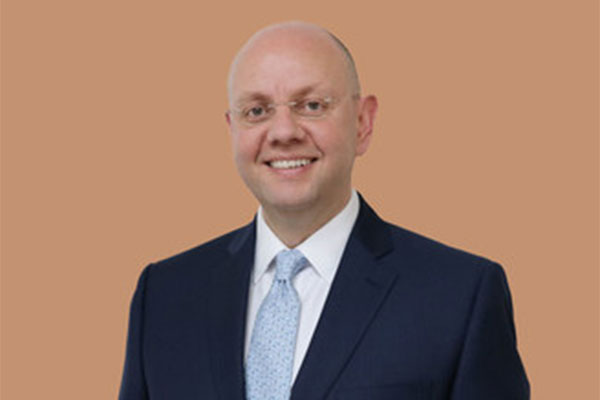
Dr Ammar Safar
Moorfields Dubai highlights cataract concerns
DUBAI, June 20, 2018
Consultants at Moorfields Eye Hospital Dubai have marked the Cataract Awareness Month (June 2018) sharing their concerns marking about the increasing incidence of cataract - the leading cause of blindness in the region.
The good news is that cataracts can be treated very effectively (95 per cent success), quickly (20 minute procedure), simply (in an outpatient setting) and safely, with intraocular lens implants; even better, the condition does not reoccur after treatment. Moreover, cataract treatment has now become one of the most common procedures performed worldwide.
'Cataract' (meaning a large waterfall) describes the gradual clouding of the natural lens of the eye - which is like looking through a waterfall. They can be caused by a wide variety of factors including age, trauma, illness or use of medications. Over time, the lens protein undergoes structural transformation, leading to the clouding effect and to loss of vision.
According to the World Health Organisation (WHO), cataracts are the leading cause of blindness and visual impairment in the world (47.9 per cent) and their prevalence increases each year as the world's population ages. In the USA alone, there are 24 million people over the age of 40 who are affected by cataracts.
In the Gulf region, an ageing population combined with the high incidence of diabetes is raising concerns. The over-65 group is forecast to rise from 1.2 per cent of the population in 2015 to 14.2 per cent by 2050. The risk of cataracts is much higher amongst the large community of people with diabetes in the GCC - those with type 2 diabetes statistically face a 60 per cent greater risk of developing cataracts. Research has also shown that people with type 2 diabetes who lower their HbA1c level by just 1 per cent can reduce their risk of cataracts by 19 per cent.
Cataracts can affect people of any age including children and young adults although, in adults, symptoms may not appear until the age of 40. The causes are not clear but could include hereditary factors, illness, eye trauma and smoking. There is no way to prevent age-related cataracts but a healthy lifestyle - including healthy eating and not smoking - can slow their progression.
Dr Ammar Safar, consultant vitreoretinal surgeon and medical director of Moorfields Eye Hospitals in the UAE, said: "Of course, the region's naturally ageing population will lead to more age-related health issues, including cataracts, but the high incidence of diabetes will amplify this ageing effect significantly.”
“Cataracts generally develop and progress slowly and will lead to significant vision problems and ultimately blindness, if left untreated. The good news is that cataracts can be treated very effectively with modern surgery to remove the cloudy lens and insert a high quality lens implant. Once treated, cataracts do not return,” he added. – TradeArabia News Service







